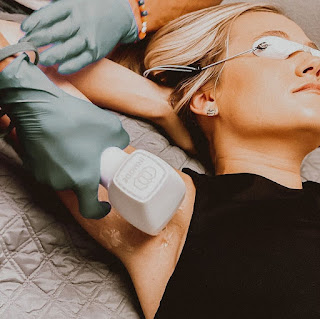All you need to know about the PRP Treatment
The plasma in your blood is the liquid component mostly composed of water and protein. It facilitates the free circulation of erythrocytes, leukocytes, and platelets in the circulatory system. Blood clotting is facilitated by platelets, a type of blood cell. As an added bonus, the PRP therapy aid in the recovery process.
Injuries to tendons, ligaments, muscles, joints, or skin may all benefit from platelet-rich plasma (PRP) treatments administered by medical professionals.
A machine separates the platelet-rich plasma from the rest of the blood after a doctor draws blood from the patient. Before administering PRP injections, your doctor will numb the affected area. After numbing the area, the doctor will inject your plasma directly into the affected area using a needle.
How is PRP Treatment done?
Injections of PRP therapy are used to treat a wide variety of conditions, including sprained or torn tendons, tendonitis, muscle tears, arthritis pain, and joint injuries. There has been an increase in their use for aesthetic purposes.
PRP injections are used by dermatologists and hair restoration specialists to treat androgenic alopecia, also termed male or female pattern baldness, which affects both sexes. And some dermatologists offer platelet-rich plasma (PRP) facial treatments.
PRP injections may not show any noticeable improvement for a few weeks. It could take up to 6 months to see the full results of treatment for some illnesses, especially those affecting the hair or the skin. It may be necessary to repeat the process on a regular basis for some conditions, such as hair loss, to keep the effects.
.jpg)
.jpg)

Comments
Post a Comment